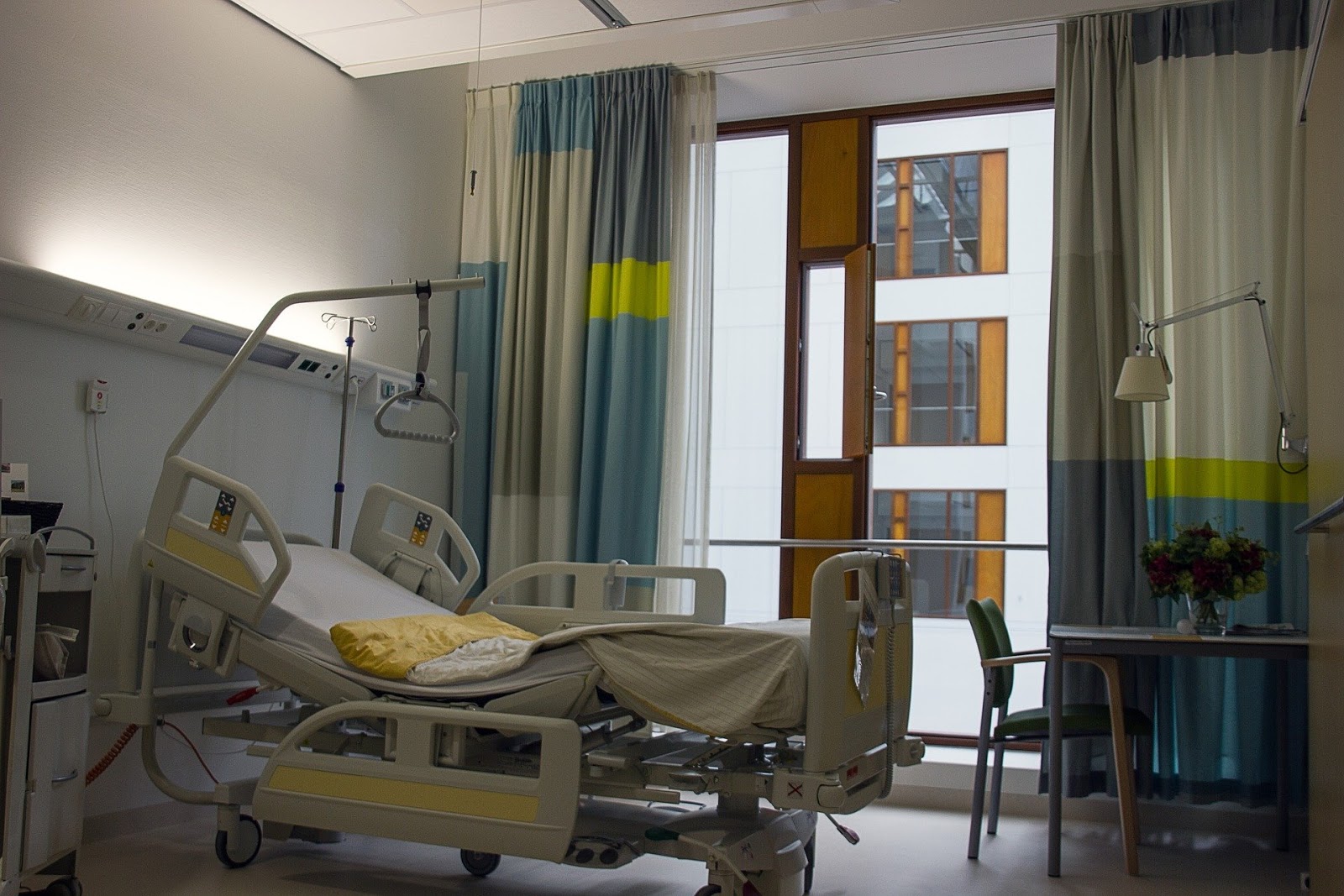If you’re searching for a rehabilitation facility for yourself or a loved one, you might have some questions about the differences between facilities and the type of care they provide. Residential treatment facilities and inpatient facilities may have some ambiguity in their definitions.
While all residential facilities are, in fact, inpatient facilities, the reverse is not necessarily true. There are a few subtleties that shift the rehabilitation experience. Some patients may feel more at ease in a residential treatment facility, while others will benefit from the kind of care provided at an inpatient treatment facility.
How Inpatient Drug Treatment Works
Inpatient treatment is designed as a highly comprehensive approach for individuals with significant drug use disorders that require constant assistance. Withdrawal from certain drugs, particularly opioids and benzodiazepines, can produce significant and life-threatening side effects. Patients who have been using high doses for a prolonged span of time are more likely to experience these side effects at maximum severity.
Individuals diagnosed as having dual disorders, or co-occurring conditions, often benefit more from inpatient treatment. These patients tend to self-medicate with drugs to lessen the unpleasant experience of a mental health condition such as depression or post traumatic stress. When the drugs leave their systems and thus no longer provide the comfort they once did, that individual’s mental health issue is likely to worsen.
Individuals with co-occuring conditions benefit from inpatient rehabilitation because their mental health disorders and their drug use disorders tend to play off of each other in a negative way. Both conditions need to be treated simultaneously for the comfort, health, and recovery of the patient. This often requires around-the-clock monitoring and intensive supervision.
Inpatient drug rehabilitation requires a lot of medical care, and is usually conducted in a medical setting. Although patients are kept comfortable and well-tended to, the environment tends to feel slightly more like a hospital than a home at the beginning of treatment.
Inpatient treatment typically lasts for about a week. As the patient continues to stabilize, some of the medical aspects of the care may be reduced in frequency and intensity. This may happen after a few days, but it may not happen until the week has fully lapsed. At this point, patients are often encouraged to pursue another treatment method to continue their progress.
How Residential Drug Treatment Works
Residential drug treatment works more like home healthcare. While the individual in treatment will live at the facility for the duration of the treatment, the care provided is not as constant and persistently managed. Medical monitoring is necessary to assure safe detoxification from addictive drugs, and medically trained staff are available. They may not intervene as frequently as they do in an inpatient setting, only providing higher levels of care when necessary.
A residential facility is made to feel like a home or a bed and breakfast. The environment, while technically medical in nature, will not have the atmosphere of a hospital room or a medical facility. The beds and linens are normal. The bathrooms look just like the one in your own home. The kitchen will look like a place you’d like to cook. The idea is to keep the environment familiar and comfortable.
Many people seeking drug rehabilitation treatment prefer the environment that a residential treatment facility provides. Patients are encouraged to live in the space the same way they’d live in a normal home. This makes the prospect of transitioning from home life to residential rehabilitation slightly less daunting or intimidating.
Residential treatment will typically come with some additional perks that fill gaps for people who have left their daily lives behind in search of wellness. As patients recover, options like low intensity exercise or gentle group activities enter the equation. This makes the environment feel a little more like a patient’s normal life. Socialization and wellness activities make rehabilitation easier to get through.
How Are Inpatient Facilities and Residential Facilities Similar?
Both inpatient drug rehabilitation and residential drug rehabilitation offer medical care to patients who will live at the facility for at least a week, although residential treatment facilities tend to keep patients for longer.
Inpatient rehabilitation facilities always offer detoxification programs for their patients. Many rehabilitation facilities are also accredited detoxification facilities, but they are not required to offer that service.
How Are Inpatient Facilities and Residential Facilities Different?
Although inpatient and residential facilities have a few things in common, the differences can be quite significant. Which one is best depends on the needs of the patient and the severity of their addiction.
Care and Monitoring
In an inpatient facility, patients are monitored at all times by trained medical staff. Their vitals are checked, as is the progression of their withdrawal symptoms. Mental health evaluations are also common during this time, especially for patients with co-occuring conditions.
In many regards, inpatient facilities are a little more like intensive care or a post-surgical hospital stay. Patients are always supervised to assure their stability as they physically recover from addiction and detoxify from drugs.
Residential facilities do offer monitoring and care, but the supervision is not nearly as intense. Higher risk patients may receive more monitoring and general checkups than the average patient, but residential patients shouldn’t expect to be hooked up to IV drips or heart monitors for the entire duration of their stay.
Duration of Stay
Hospitals discharge their patients as soon as they’re considered stable and are predicted to stay stable. Inpatient facilities work the same way. Patients will only stay at an inpatient facility until their medical professionals have cleared them of the drugs. This typically will not exceed a week’s time.
Although inpatient treatment provides care for both the mental and physical health of the patient, it doesn’t focus so much on the long-term outcomes. The goal of inpatient treatment is essentially to ensure that the patient safely detoxifies without harming themselves or others, due to their mental health condition.
Residential treatment typically lasts much longer and provides therapeutic support to encourage a better long-term outcome. Pressing concerns are handled and medical treatment is provided, as well as individual and group therapy treatments.
Residential treatment doesn’t necessarily have a timeframe. Some people are discharged into their next phase of care in 30 days, others may stay 90 days. In rare cases, patients stay even longer.
Residential facilities prefer to keep patients until they feel physically, mentally, and emotionally ready to explore sober life outside of the facility, with aftercare.
Is Inpatient Treatment or Residential Treatment Better?
One is not necessarily superior to the other, as they’re both intended to address different needs.
Inpatient rehabilitation is necessary for patients with more pressing medical needs. Residential treatment is a wonderful tool for patients who need to make complete lifestyle changes in order to maintain their sobriety.
Many patients find that this decision isn’t binary. It’s not one or the other, but rather that both set patients up for a successful sober life upon the completion of treatment. Residential inpatient treatment just provides all the benefits of both treatment methods due to its length and the nature of the program.
Experiencing the Benefits of Both Inpatient and Residential Treatment
For a smooth and seamless recovery experience in a comfortable environment filled with familiar faces, it may be best to choose a residential treatment facility that is also a detoxification center. A residential facility that can provide care similar to an inpatient facility might make it easier for patients to fully commit to their recovery.
Remaining in the same place and working with the same team means there are less adjustments to be made. Patients don’t have to leave one strange environment and enter a new strange environment. They can set roots in their residential treatment facility the moment they arrive and acclimate to the environment as they progress through their recovery.
When all of the external factors remain the same, it may be easier for a patient to focus on getting well internally. Residential facilities that also serve as detox centers offer the best of both options for many patients in their time of need.
Conclusion
The decision to seek drug rehabilitation treatment is one of the most important decisions you will make in your life. The second most important decision is choosing the facility you’d like to recover in.
You have some choices to make.
Understanding the differences between inpatient facilities and residential facilities, particularly as they pertain to the care and comfort they provide, will help you make a decision that will set you up for a beautiful recovery and a healthy new life.
Sources:
http://www.bhevolution.org/public/cooccurring_overview.page
https://www.helpguide.org/articles/addictions/substance-abuse-and-mental-health.htm
https://www.webmd.com/mental-health/addiction/counseling-and-addiction-how-therapy-can-help#1






